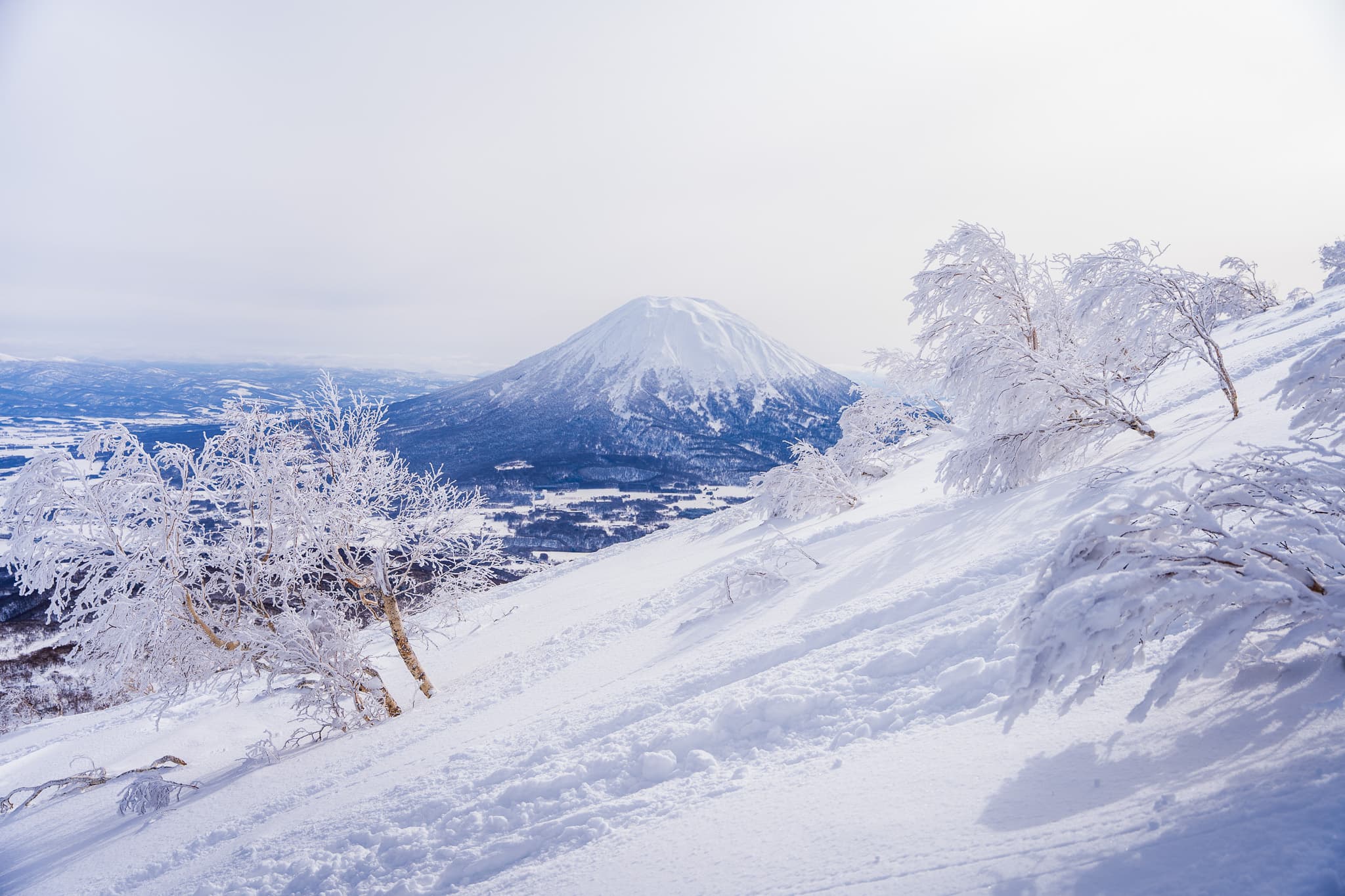As an outdoor photographer who has spent years capturing landscapes across different continents, I've learned that having the right equipment can make the difference between an average shot and a stunning image. While creativity and technique remain paramount, quality gear enables you to overcome environmental challenges and technical limitations.
The Camera Body: Finding Balance
I started my journey with a Nikon D90, which served me well for years. Today, I use the Sony Alpha series for its exceptional balance of size, weight, and image quality. When choosing a camera for landscape photography, consider these factors:
- Weather sealing: Essential for shooting in diverse conditions
- Dynamic range: Crucial for capturing both shadow and highlight details in high-contrast scenes
- Resolution: Important, but 24MP is sufficient for most applications
- Battery life: Critical when shooting in remote locations
My current go-to is the Sony A7IV. It offers outstanding image quality in a compact body, allowing me to hike longer distances without being weighed down by equipment.
Essential Lenses
A versatile lens collection is the backbone of landscape photography. These are my three must-haves:
1. Wide-Angle Zoom (16-35mm)
The cornerstone of landscape photography. Wide angles allow you to capture expansive scenes and create a sense of depth. The Sony 16-35mm f/2.8 GM has been my companion through mountains, canyons, and coastal scenes. Its sharpness from edge to edge is remarkable.
2. Standard Zoom (24-70mm)
Possibly the most versatile focal range for all types of photography. The 24-70mm allows for both landscape compositions and more intimate scene details. When I'm traveling light and can only bring one lens, this is my choice.
3. Telephoto Zoom (70-200mm)
Often underrated for landscape work, a telephoto lens allows you to isolate distant elements and compress perspective, creating unique compositions that aren't possible with wider lenses. When shooting mountains, a telephoto lens helps capture the layered effect of distant ranges.

Support Systems: Tripods & Filters
A solid tripod is non-negotiable for serious landscape photography. I use a carbon fiber tripod that balances weight and stability. For filters, I rely on a collection of neutral density (ND) filters for long exposures and graduated ND filters for balancing exposure between bright skies and darker foregrounds.
My favorite filter technique involves using a 10-stop ND filter during daylight hours to create silky water effects or to capture cloud movement, adding a dynamic element to otherwise static scenes.
The Essentials Often Forgotten
Beyond the obvious equipment, these items have saved my shoots countless times:
- Extra batteries and memory cards: Power and storage are precious resources in remote locations
- Microfiber cloths: For cleaning lenses in dusty or misty conditions
- Remote shutter release: Essential for eliminating camera shake in long exposures
- Lightweight rain cover: Weather can change rapidly in the outdoors
- Headlamp: For those early morning hikes to catch the golden hour
The most important piece of gear, however, is one that can't be purchased: patience. Waiting for the perfect light, returning to locations multiple times, and enduring challenging weather conditions are all part of capturing extraordinary landscape images.
Final Thoughts
While gear is important, remember that the best camera is the one you have with you. I've taken some of my favorite shots with a smartphone because I was present at the right moment with the right composition. Invest in quality equipment that meets your specific needs, but focus more on developing your eye and understanding of light.
Photography is a lifelong journey of learning and exploration. The right equipment simply helps remove technical barriers, allowing your creative vision to shine through.
